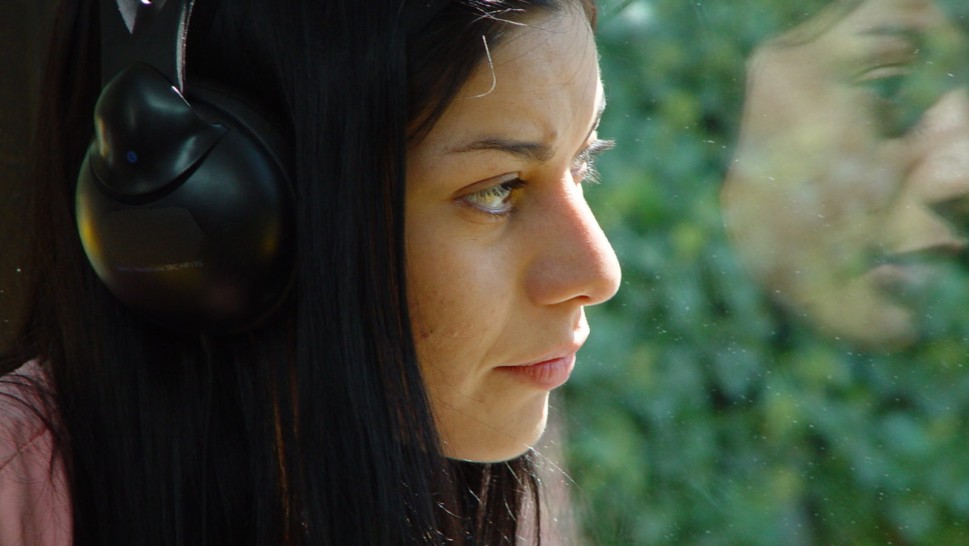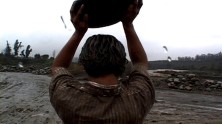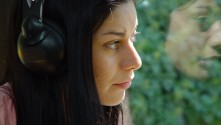
Play
With Viviana Herrera, Andres Ulloa, Aline Küppenheim.
Argentina/Chile , 2005, DCP, color, 104 min.
Spanish and Mapudungun with English subtitles.
DCP source: Filmmaker
Filmed in a hybrid technological style, Alicia Scherson’s dramedy makes use of computers, headphones and video games to bring to life the story of Cristina, a young indigenous woman navigating early-aughts Santiago. A caretaker for an elderly white man, she becomes interested in Tristán, a young worker, but can they make their chemistry work given the social boundaries that separate them? As her journey of desire takes her through the construction sites, homes, malls, gardens and lush parks of Santiago, Cristina’s journey becomes a topographical, as well as an affective, odyssey. Tristán’s interest in an older, wealthier woman allows Cristina to express her own buried desire, and her emotions become aligned with the city’s texture and technology; midway through the film, an apartment complex transforms into a video game arena, with Cristina as the whip-smart protagonist battling her way through the digital world. The film’s tonal registers are wry and wistful in equal measure, and it also poses questions about indigeneity and class, as Cristina navigates racialization and labor issues alongside her hope of love. When sunset arrives at the end of the film, it is a resplendent moment that remakes the entire visual landscape, turning it from a three-dimensional skyline into a sight straight out of a painting, one filled with orange and blue hues. – Alejandro Eduarte
Joris Ivens’ cinematic odyssey surveys the coastal town of Valparaíso, displaying its dizzying heights, intricate transportation structures, and the countless monuments remaining from its colonial history. In just twenty-four minutes, the film is a brisk, engaging travelogue. It’s also a studied anthropological and sociological portrait, with analyses ranging from the colonial imagination and its physical relics—the Alliance française and statues of Spanish colonists among them—to its cultural practices and labor structures. We move at Valparaíso’s pace throughout the film as the camera tracks the railway cars running up and down the mountainside, young children playing soccer on the hill, and the workers discussing the city’s most fundamental issues. The film, formally and explicitly, poses questions about modernity and its relationship to catastrophe in Valparaíso, where, though the ocean is nearby, there is not steady access to drinking water. Paradoxes such as these power the film and provide a profound dialogic and aesthetic resonance. Like the city itself, À Valparaíso creates that most dangerous and enthralling of feelings: vertigo. – Alejandro Eduarte

















